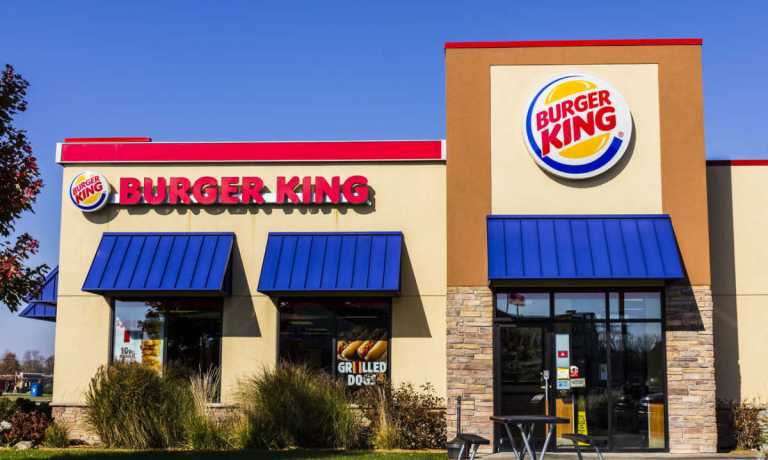Burger King Tries Kiosks as QSRs Embrace Digital Transformation

With quick-service restaurants (QSRs) increasingly rethinking their stores with an emphasis on digital efficiency, Burger King is trying a new kiosk-focused concept that prioritizes off-premise channels.
At a convention with franchisees last week, the chain debuted its “Sizzle” design, which includes digital self-service ordering kiosks in addition to “streamlined” drive-thru and pickup options, CNN Business reported.
“We’re going to lean in where the most of our business comes in, which is the drive-thru,” Tom Curtis, president of Burger King U.S. and Canada said, per the report.
Two such locations are already in operation, with more to come by the end of next year, the report said.
When Burger King’s parent company, Restaurant Brands International, reported earnings in August, Patrick Doyle, the group’s executive chairman, noted that restaurant remodels with an eye toward omnichannel integration are part of the chain’s “Reclaim the Flame” plan, a move to drive franchisee profitability, among other matters, which includes investments in digital technologies.
“At Burger King in the U.S., it’s about operational execution and modernization,” Doyle said on a call with analysts. “… We already have our $400 million ‘Reclaim the Flame’ investment being put to work, and I think that long-term, there is more we will consider doing, especially around digital-centric remodels.”
On the same call, CEO Josh Kobza noted that these investments contributed to “underlying improvement in traffic” for Burger King, although the brand is “still not in positive territory.”
Many QSR brands are finding ways to boost store efficiency by investing in off-premise and digital channels. Wendy’s, for instance, announced in August the opening of the first of its so-called “Global Next Gen” restaurants, which includes a higher-capacity kitchen and an area dedicated to fulfilling digital orders. Around the same time, Taco Bell announced a new version of its “Go Mobile” concept, a small format with no indoor dining area, with parking spots specifically for digital ordering customers and with a pickup window and in-store pickup shelves.
QSRs may be the only kind of restaurant that can get away with this increasing digitization. PYMNTS Intelligence’s study, “The Digital Divide: Technology, the Metaverse and the Future of Dining Out,” which drew from a survey of about 2,500 U.S. consumers, revealed that 51% of grab-and-go customers said ordering through a self-service kiosk would positively impact their satisfaction, while 20% of dine-in customers said the same.
The same study found that, in general, consumers want friendly service. Seventy-seven percent of restaurant customers said staff friendliness is the most important feature a restaurant needs to provide, and 39% said restaurants have become increasingly less personal.
Much of the digitization of the industry is occurring via consumers’ own mobile devices, but kiosks still play a key role in reaching those who are not as comfortable with such a shift.
“Payments are a particular point of friction because a lot of people don’t have digital cards or digital wallets provisioned,” Tim McLaughlin, CEO of restaurant technology company GoTab, told PYMNTS in an interview posted in September. “So, they’re using a physical card. That’s, candidly, the biggest reason for our kiosks. … The kiosk is really addressing the gap of people who aren’t comfortable doing things on their phone.”
Yet for non-QSRs, kiosks can have their drawbacks, making consumers feel that they are not getting the same level of service.
“People are familiar with ordering on their phones, so a kiosk was a natural transition, but we have to be careful not to commoditize or transactionalize the guest experience,” Quick Chadwick, chief marketing officer of fast-casual juice and food bar chain Clean Juice, warned in a conversation with PYMNTS posted in March.